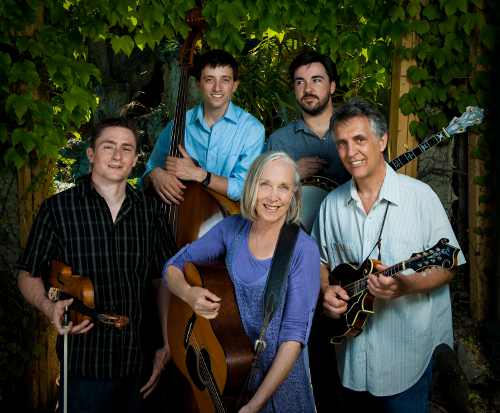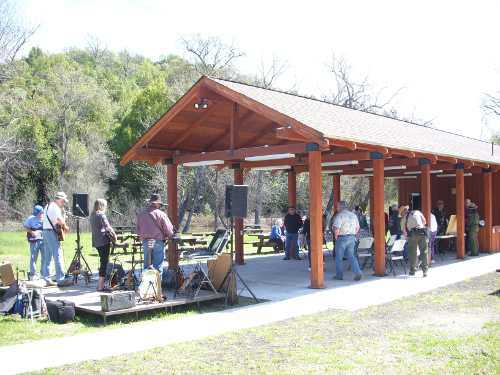- Lake County News reports
- Posted On
Cal Fire hosts visiting French firefighters
Cal Fire, which has a worldwide reputation as a superior wildland firefighting and emergency response department, is hosting the group from France’s Ecole Nationale Superiure des Officiers Sapeurs Pompiers (ENSOSP), which translates to “The National School of Superior Fire Officers.”
The group will shadow Cal Fire Incident Command Team 5 and meet with Cal Fire personnel from April 4 to 12.
“Along with the privilege of living in our beautiful and diverse state comes the responsibility to be prepared for the host of natural and man made disasters California is vulnerable to," said Ken Pimlott, acting Cal Fire director. “We are happy to share our experiences with our French colleagues who experience similar challenges such as a climate that's hospitable to large, damaging wildfires and terrain that can make fighting them difficult.”
The French instructors and graduates are members of the 72nd French Academy for Fire, Rescue and Civil Protection Officers of ENSOSP.
Each class from ENSOSP has the opportunity for further study once they have graduated and this year the group decided to come to the United States to exchange ideas, information and technology with CAL FIRE personnel regarding “All Hazard” emergency service techniques.
The entire cost of their trip is being paid for by the ENSOSP group through donations and fundraising efforts.
On Tuesday, April 5, the group will be in Napa County to receive instruction on Cal Fire's Fire Prevention Program and Cooperative Fire Protection Services.
On Wednesday, April 6, the group will be in Lake County in the morning and see a demonstration of Cal Fire's hand crew and bulldozer operations. In the afternoon the group will tour the State Capitol in Sacramento and visit the Fallen Firefighters Memorial.
In the morning on Thursday, April 7, the group will be introduced to Cal Fire's Air Program at McClellan Air Park and will meet later with Cal Fire Acting Director Ken Pimlott. The day will end with a visit to California Operation Center at CalEMA.
On Friday, April 8, the group will tour the Angora Fire Incident in South Lake Tahoe where 3,100 acres and 309 homes were destroyed in 2007.
The group will be in Butte County on Saturday, April 9, and Sunday, April 10, and will review a vegetation management plan burn, a hazardous material incident, a swift water rescue and a high angle/low angle rescue technique demonstration, as well as other rescue type demonstrations.
The last stop on the tour will be a trip to Cal Fire's Northern Operations Center in Redding on Monday, April 11, officials said.
Follow Lake County News on Twitter at http://twitter.com/LakeCoNews , on Facebook at http://www.facebook.com/pages/Lake-County-News/143156775604?ref=mf and on YouTube at http://www.youtube.com/user/LakeCoNews .

 How to resolve AdBlock issue?
How to resolve AdBlock issue? 














